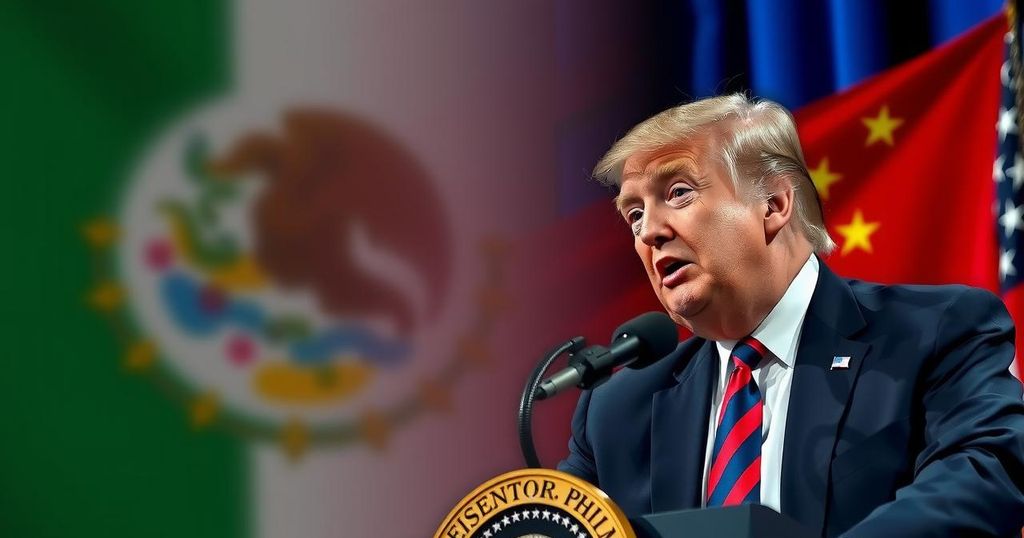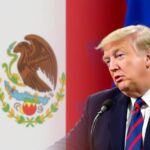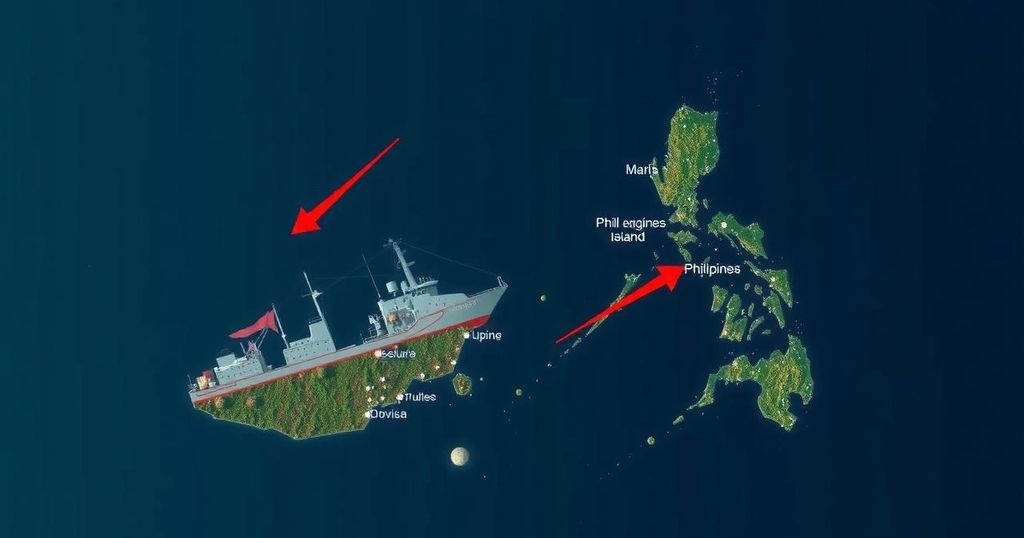Politics
AMERICA, ASIA, BE, CANADA, CHINA, CNN, DONALD TRUMP, ECONOMICS, GOVERNMENT SPENDING, MEXICO, NATIONAL SECURITY, NORTH AMERICA, PETERSON INSTITUTE FOR INTERNATIONAL ECONOMICS, PHILIPPINES, SCOTT BESSENT, SENATE, TREASURY, TRUMP, TRUMP ADMINISTRATION, TRUTH SOCIAL, UNITED STATES, US, US-CHINA RELATIONS, WALL STREET
Omar El-Sharif
Trump Proposes New Tariffs on Imports from Mexico, Canada, and China
Donald Trump, President-elect, plans to impose substantial tariffs on goods from Mexico, Canada, and China starting January 20th, aimed at combating illegal immigration and narcotics issues. He proposes a 25% tariff on imports from Mexico and Canada and a 10% increase on Chinese goods until drug flows are controlled. Economists warn of potential inflationary impacts on American consumers, while Scott Bessent’s appointment as Treasury Secretary raises hope for careful tariff implementation. Retaliatory trade actions remain a concern, echoing Trump’s previous term experiences.
President-elect Donald Trump has announced plans to impose significant tariffs on imports from Mexico, Canada, and China starting on January 20th, the first day of his administration. He attributes this drastic measure to ongoing issues related to illegal immigration and drug trafficking. According to Trump, he intends to implement a 25% tariff on all products from Mexico and Canada until the flow of illegal aliens and narcotics, particularly fentanyl, ceases. In addition, he proposes a 10% increase in tariffs on Chinese goods until that nation curbs drug shipments into the United States.
Trump criticized past promises made by Chinese officials regarding the execution of drug dealers without any follow-through. While the tariffs would effectively serve as a tax on foreign imports, their financial burden typically falls on American consumers, which may result in increased living costs. Economists warn that such tariffs could contribute to inflation, estimating they may cost the average family over $2,600 annually. Trump defended the initiative as necessary to protect American interests and bolster domestic manufacturing.
Scott Bessent, proposed Treasury Secretary under Trump, stated that the imposition of tariffs could be handled in a manner that would not exacerbate inflation, causing optimism in Wall Street about a gradual tariff rollout. However, previous experiences during Trump’s first term highlighted that tariffs often prompt retaliatory measures, leading to trade wars that can diminish the effectiveness of tariffs meant to boost U.S. manufacturing. Trump has suggested possible tariff rates exceeding 60% on Chinese goods and varying percentages on other imports, demonstrating a commitment to aggressive trade policies in his anticipated second term.
The discussion surrounding tariffs has been a significant aspect of American trade policy, particularly during the Trump administration. Tariffs function as taxes on imported goods, creating a financial barrier aimed at supporting domestic production. This approach, championed by Trump, was initially intended to restore manufacturing jobs and generate additional revenue. However, tariffs also invite risks of retaliatory actions from trading partners that can ignite trade wars, negatively impacting the economy and consumer prices. Such dynamics shape the strategic decisions concerning international trade and domestic economic health.
In summary, President-elect Trump’s proposed tariff measures reflect a strong stance aimed at addressing illegal immigration and drug trafficking issues by targeting goods from Mexico, Canada, and China. While intended to safeguard American interests, these tariffs may lead to increased costs for consumers and provoke retaliatory trade measures that could overshadow their intended benefits. The effectiveness and consequences of such policies will unfold as Trump transitions into office.
Original Source: edition.cnn.com








Post Comment